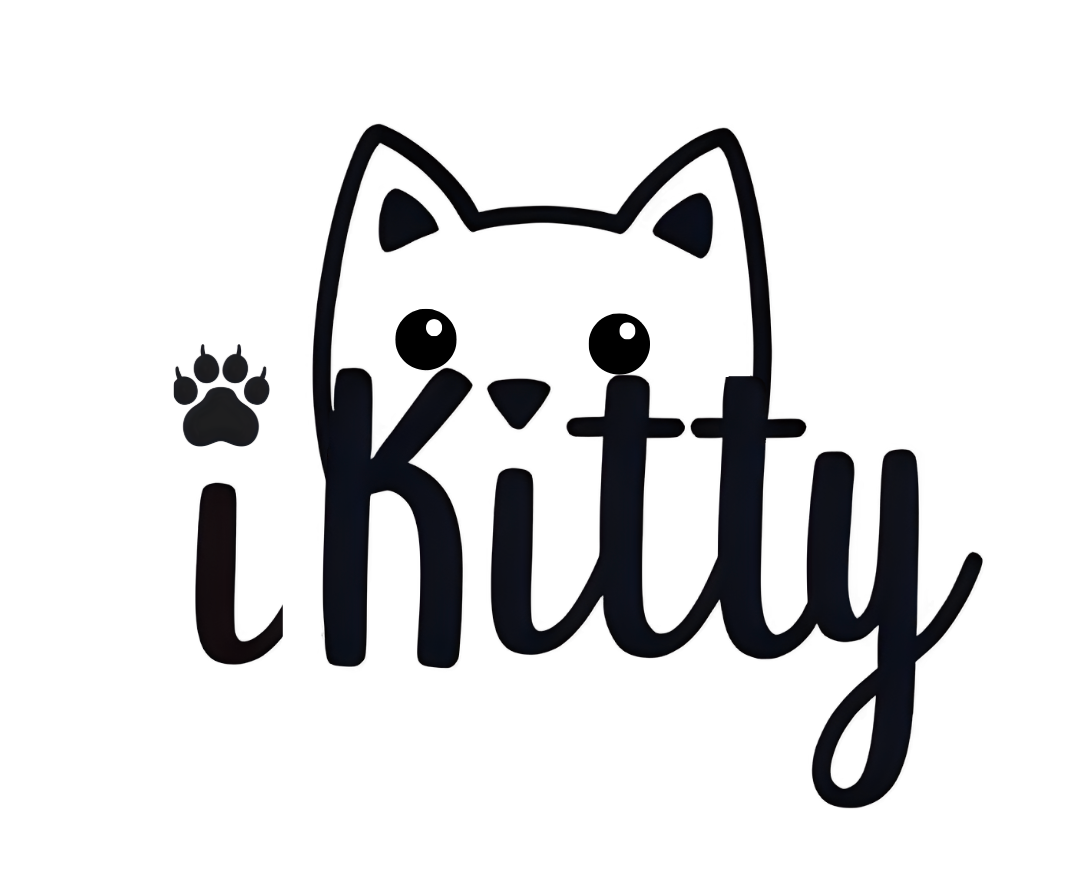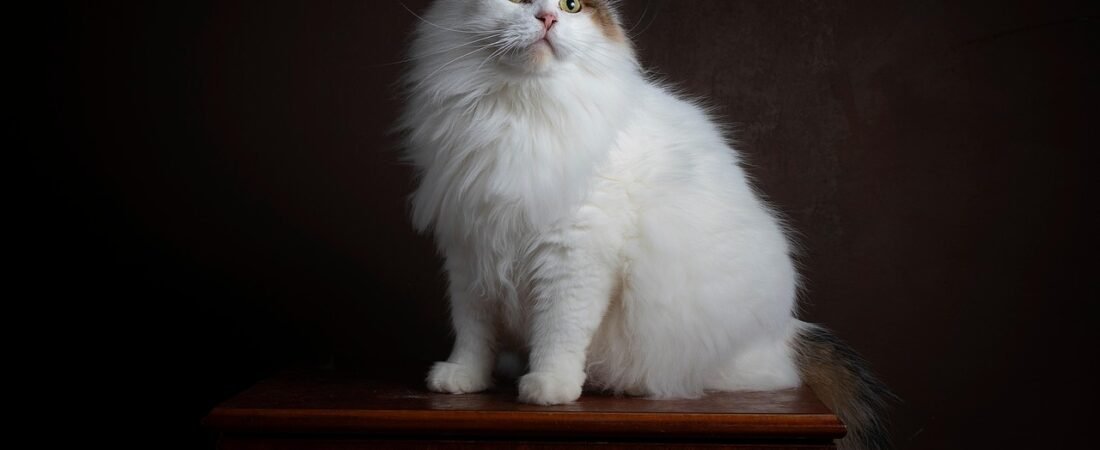While no cat breed is completely non-allergenic, some breeds are known to produce fewer allergens—particularly the Fel d 1 protein, which is found in cat saliva, skin, and dander. These breeds are generally better tolerated by allergy sufferers:
Siberian Forest Cat (The Breed I Own)
The Siberian Forest Cat, also simply known as the Siberian, is a majestic and affectionate natural breed from Russia. They’re well-known for their hypoallergenic qualities, luxurious triple coat, and hearty, dog-like personality.
🐾 Siberian Forest Cat Overview
📜 Origin:
- Native to Russia, where it evolved naturally in the cold Siberian climate.
- Considered a national treasure in Russia and one of the oldest cat breeds.
🌟 Temperament:
💕 Affectionate and Loyal
- Siberians are loving and gentle with their people.
- They bond deeply with their family but aren’t needy.
- Enjoy snuggling and being close—but on their own terms.
🐕 Dog-Like Behavior
- Very loyal and people-oriented.
- Will follow you around the house, greet you at the door, and may even play fetch.
- Tolerate and often enjoy the company of dogs.
🧠 Intelligent and Curious
- Smart and problem-solving—can open cabinets or figure out puzzles.
- Love interactive toys and games.
- Can be trained to walk on a leash or do tricks.
🧒 Great with Kids and Pets
- Calm and tolerant—excellent with children and other animals.
- Not typically aggressive or skittish.
- Enjoys social environments but isn’t overbearing.
😺 Playful and Agile
- Surprisingly athletic for their size.
- Love jumping to high places and exploring.
- Remain playful well into adulthood.
🗣️ Quiet and Soft-Spoken
- Not very vocal, and when they do talk, it’s usually soft chirps or trills.
- Communicate subtly through body language and gentle sounds.
Physical Traits
🧼 Grooming:
- Triple coat is water-resistant and dense, but it doesn’t mat easily.
- Requires brushing 2–3 times a week (daily during heavy shedding seasons).
- Sheds seasonally—light in summer, heavy in spring/fall.
📏 Size:
- Medium to large (some males reach 17+ lbs).
- Muscular and solid body with strong legs and a bushy tail.
🌡️ Health & Lifespan:
- Generally healthy and robust due to natural evolution.
- Some lines may have hypertrophic cardiomyopathy (HCM)—a common cat heart condition, so screening is important.
- Average lifespan: 12–15 years, often longer with good care.
✅ Pros:
- Hypoallergenic (for many).
- Great with families and pets.
- Smart and trainable.
- Stunning appearance and loving personality.
⚠️ Cons:
- Seasonal shedding can be intense.
- Needs regular grooming.
- May not suit minimal-interaction households—they enjoy companionship.
In summary: The Siberian Forest Cat is a stunning, sweet-natured, hypoallergenic-friendly breed that’s perfect for families, active homes, or anyone looking for a cuddly, dog-like feline companion with a wild look and a gentle heart.
Other Hypoallergenic Breeds To Look Into
- Balinese
- Often called the “long-haired Siamese.”
- Low in Fel d 1 protein.
- Temperment: Intelligent and social.
- Oriental Shorthair
- Sleek, short coat.
- Lower allergen levels and very clean.
- Temperment: Intelligent, vocal and expressive.
- Russian Blue
- Produces less Fel d 1.
- Dense, plush coat that helps trap allergens.
- Temperment: Quiet and reserved.
- Devon Rex
- Very short, soft, curly coat with little shedding.
- Temperment: Energetic and affectionate.
- Cornish Rex
- Has only a soft undercoat (no outer coat).
- Minimal shedding means fewer allergens spread around.
- Temperment: Playful and energentic.
- Javanese
- Single coat (no undercoat), which means less dander.
- Temperment: Intelligent and vocal.

